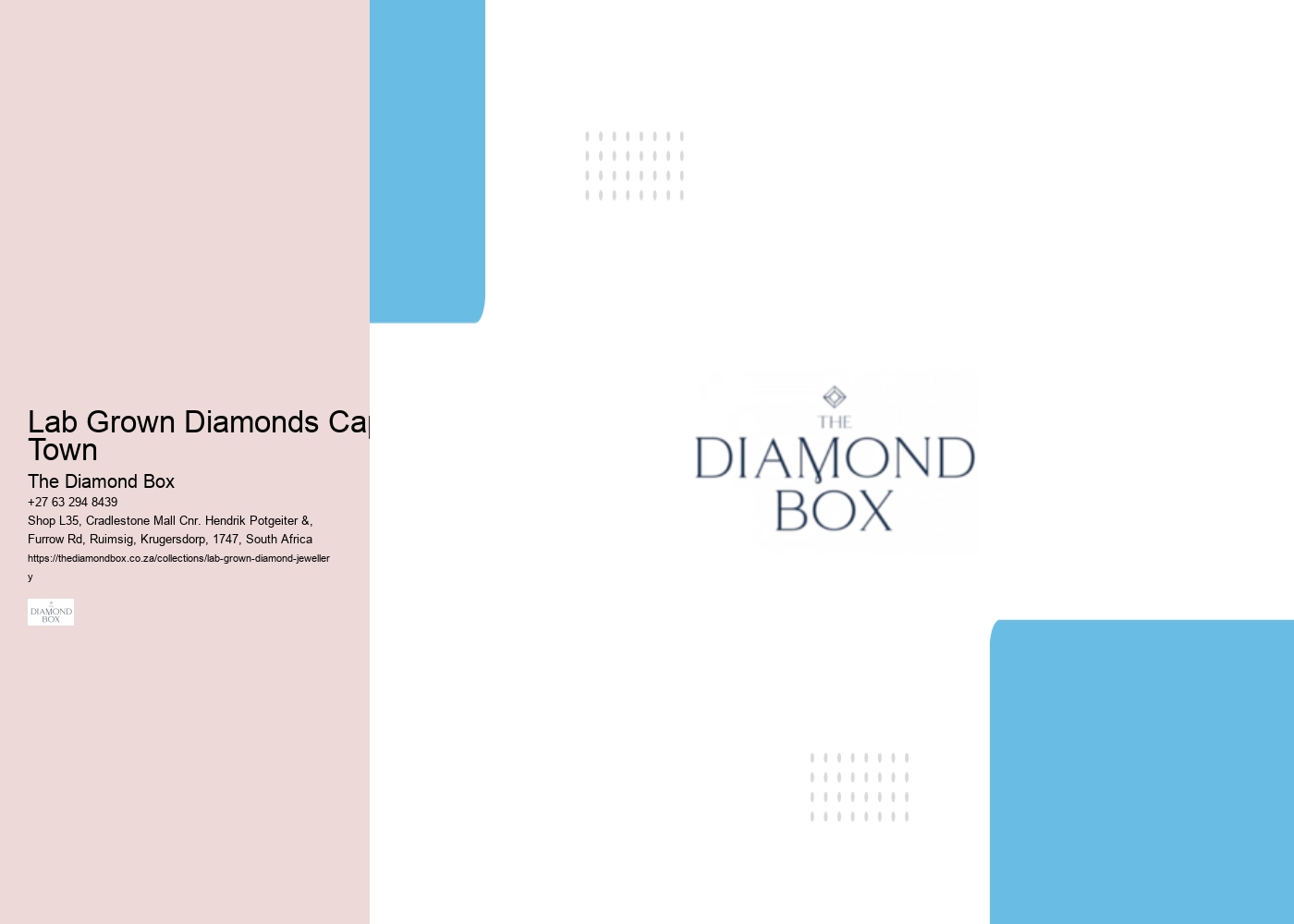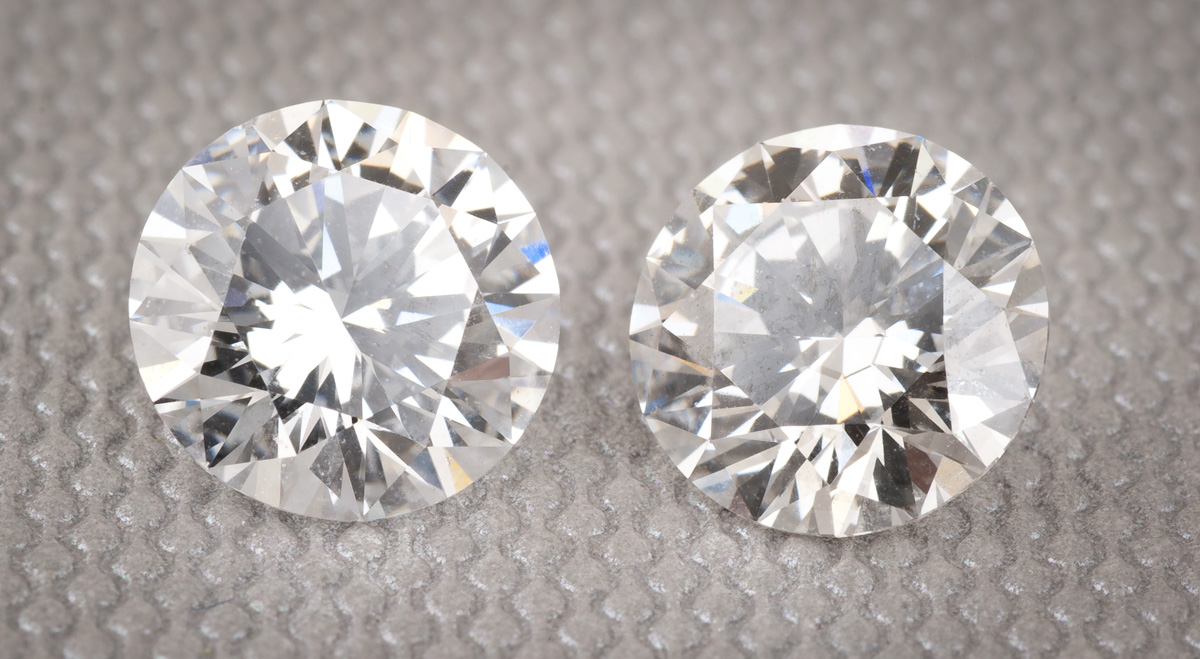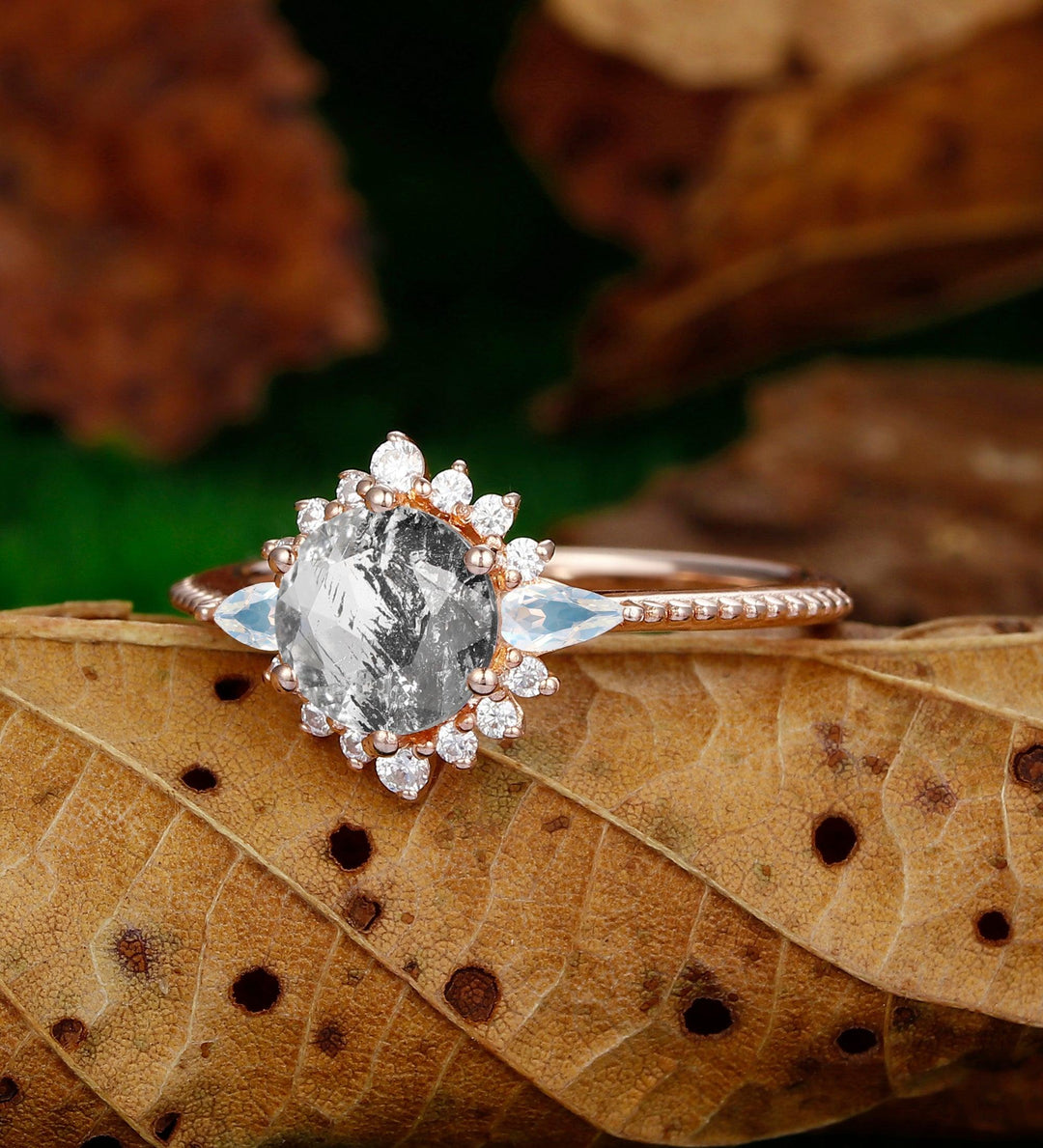

Lab grown diamonds have emerged as a compelling alternative for contemporary jewelry enthusiasts, offering not only aesthetic appeal but also a commitment to sustainability.
These diamonds, produced in controlled environments, share the same characteristics as natural stones while often surpassing them in clarity and color.
By choosing lab grown diamonds, consumers are making a statement about ethical consumption and environmental stewardship. However, the implications of this choice extend beyond mere aesthetics and ethics, prompting a closer examination of what it truly means to wear a diamond in today's world.
When considering the choice between natural and synthetic alternatives, lab-grown diamonds have emerged as a compelling option. These stones are created in controlled environments using advanced technology that replicates the natural diamond formation process.
Lab-grown diamonds are chemically, physically, and optically identical to their mined counterparts, ensuring that they possess the same brilliance and durability. They are produced through two primary methods: High Pressure High Temperature (HPHT) and Chemical Vapor Deposition (CVD).
Both methods yield diamonds that meet the highest quality standards, often exceeding those of natural diamonds. As a result, lab-grown diamonds offer a more accessible and ethically sourced alternative for consumers who value both quality and responsibility in their jewelry choices.
Lab-grown diamonds not only offer comparable quality to natural diamonds but also present important environmental advantages. The production of these synthetic gems requires considerably fewer natural resources, minimizing the ecological footprint associated with traditional diamond mining.
Mining operations often result in habitat destruction, soil erosion, and water pollution, whereas lab-grown diamonds are created in controlled environments using advanced technology that reduces energy consumption and emissions. Additionally, the water usage for lab-grown diamonds is lower, preserving essential freshwater resources.
By choosing lab-grown diamonds, consumers can support a sustainable industry that prioritizes environmental stewardship, ultimately contributing to a reduction in the negative impacts typically associated with diamond mining. This makes lab-grown diamonds a responsible choice for modern jewelry lovers who value ecological integrity.

The ethical implications surrounding diamond sourcing have become increasingly significant in recent years, prompting consumers to seek alternatives that align with their values.
Traditional diamond mining is often associated with various human rights abuses, including exploitation of labor and funding of conflict, commonly referred to as "blood diamonds." In contrast, lab-grown diamonds present a transparent and ethically sound option, produced without the detrimental social and environmental impacts linked to mining.
By choosing lab-grown diamonds, consumers can support responsible practices and contribute to a more equitable industry. Moreover, these diamonds are often traceable, allowing buyers to have confidence in their purchase. Ultimately, opting for lab-grown diamonds reflects a commitment to consumption in today's marketplace.
Quality is a paramount concern for consumers in the diamond market, and lab-grown diamonds are proving to be a compelling alternative to their mined counterparts. Both types of diamonds share the same physical, chemical, and optical properties, as they are composed of carbon crystallized in an isometric system.
Lab-grown diamonds are typically assessed using the same grading criteria as natural diamonds, including the Four Cs: cut, color, clarity, and carat weight. Many lab-grown diamonds achieve superior clarity and color grades due to controlled manufacturing processes.
Additionally, they often present fewer inclusions and are available at a fraction of the price of mined diamonds. This combination of quality and affordability positions lab-grown diamonds as an attractive option for discerning consumers.

Design versatility is one of the standout features of lab-grown diamonds, allowing for innovative creations that appeal to diverse tastes. These diamonds can be crafted into various shapes and sizes, accommodating a wide range of jewelry styles, from classic solitaires to contemporary, intricate designs.
The controlled growth environment of lab-grown diamonds enables gemologists to experiment with unique cuts, enhancing their brilliance and aesthetic appeal. Additionally, designers can easily incorporate lab-grown diamonds into mixed-media pieces, blending them with alternative materials such as gold, silver, or sustainable components.
This flexibility empowers artisans to push the boundaries of creativity, delivering personalized jewelry that resonates with individual preferences. Ultimately, lab-grown diamonds serve as an ideal choice for those seeking distinctive, eco-conscious adornments.
When it comes to selecting the perfect lab-grown diamond, understanding the key characteristics that define these stones is paramount. To begin with, consider the Four Cs: carat, cut, color, and clarity. Carat refers to the weight of the diamond, while cut influences its brilliance.
Color grading ranges from colorless to light yellow, with the latter affecting value. Clarity assesses the presence of inclusions or blemishes, impacting visual appeal. Next, evaluate the certification of the diamond, ensuring it has been graded by a reputable gemological laboratory.
Finally, think about personal style and intended use; whether it's an engagement ring or a statement piece, the choice should reflect individual taste and lifestyle. Balancing these factors will lead to an informed and satisfying selection.

Lab-grown diamonds are generally more affordable than their natural counterparts, often costing 20-40% less. This price difference arises from the controlled manufacturing process of lab-grown diamonds, which eliminates many of the costs associated with mining, transportation, and the inherent rarity of natural diamonds. Consequently, consumers seeking high-quality, ethically produced options can enjoy significant savings without compromising on aesthetic or quality, making lab-grown diamonds an attractive choice for budget-conscious buyers.
Yes, lab grown diamonds can be resold and appraised similarly to natural diamonds. They possess the same physical and chemical properties, allowing them to be graded using standard criteria such as the Four Cs: cut, color, clarity, and carat weight. However, resale values may differ, as market perception and demand for lab grown diamonds can affect their appraisal. It is essential for sellers to disclose the origin of the diamond during the transaction.
Lab-grown diamonds can indeed be detected by some jewelers, though the methods may vary. Advanced gemological techniques, such as spectroscopy and fluorescence analysis, can reveal specific growth patterns and inclusions unique to synthetic diamonds. While some lab-grown diamonds may appear identical to natural ones to the naked eye, trained professionals equipped with specialized tools can typically distinguish between the two types. Consequently, consumers should seek certified gemologists for accurate assessments.